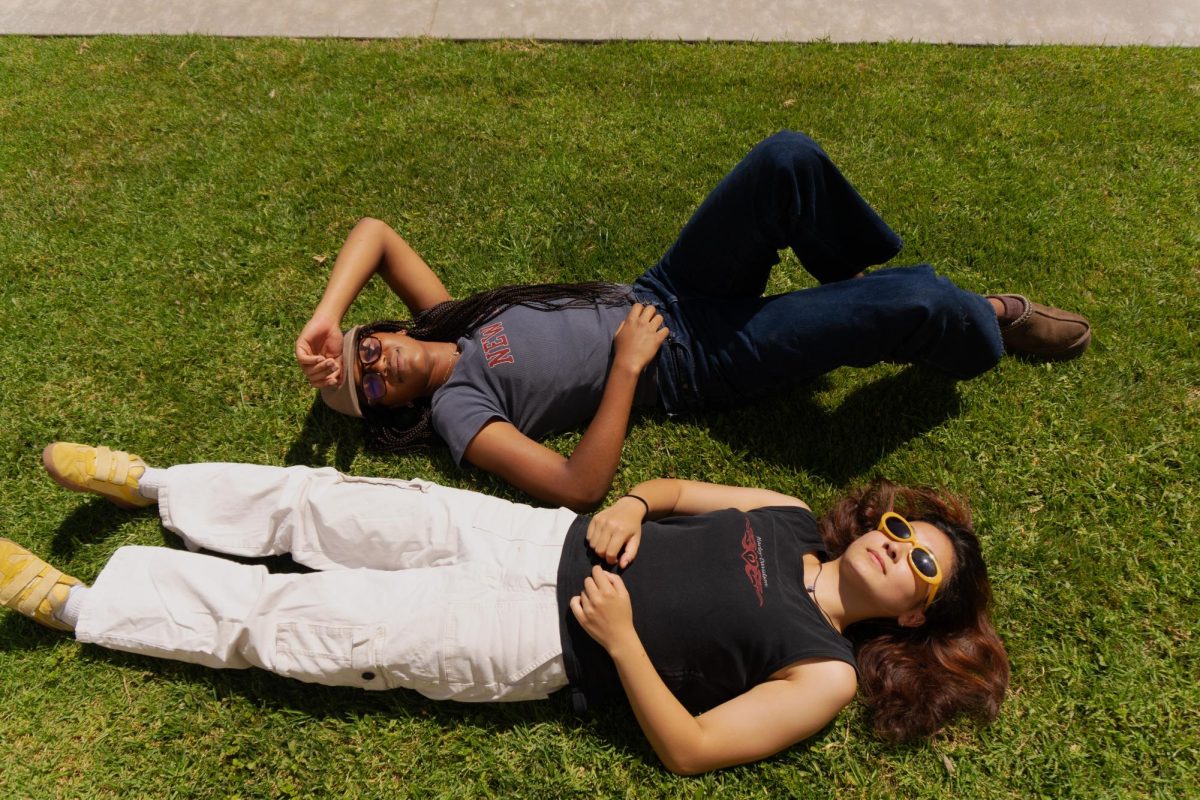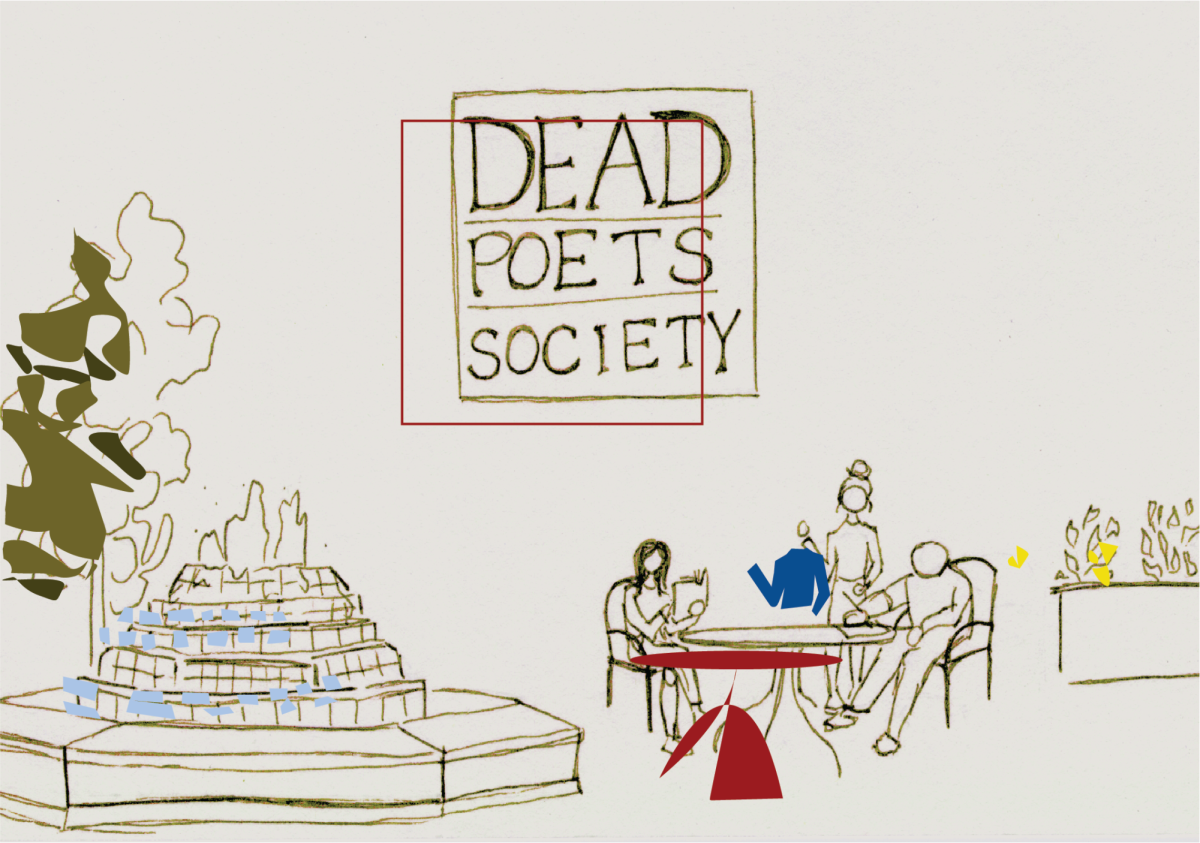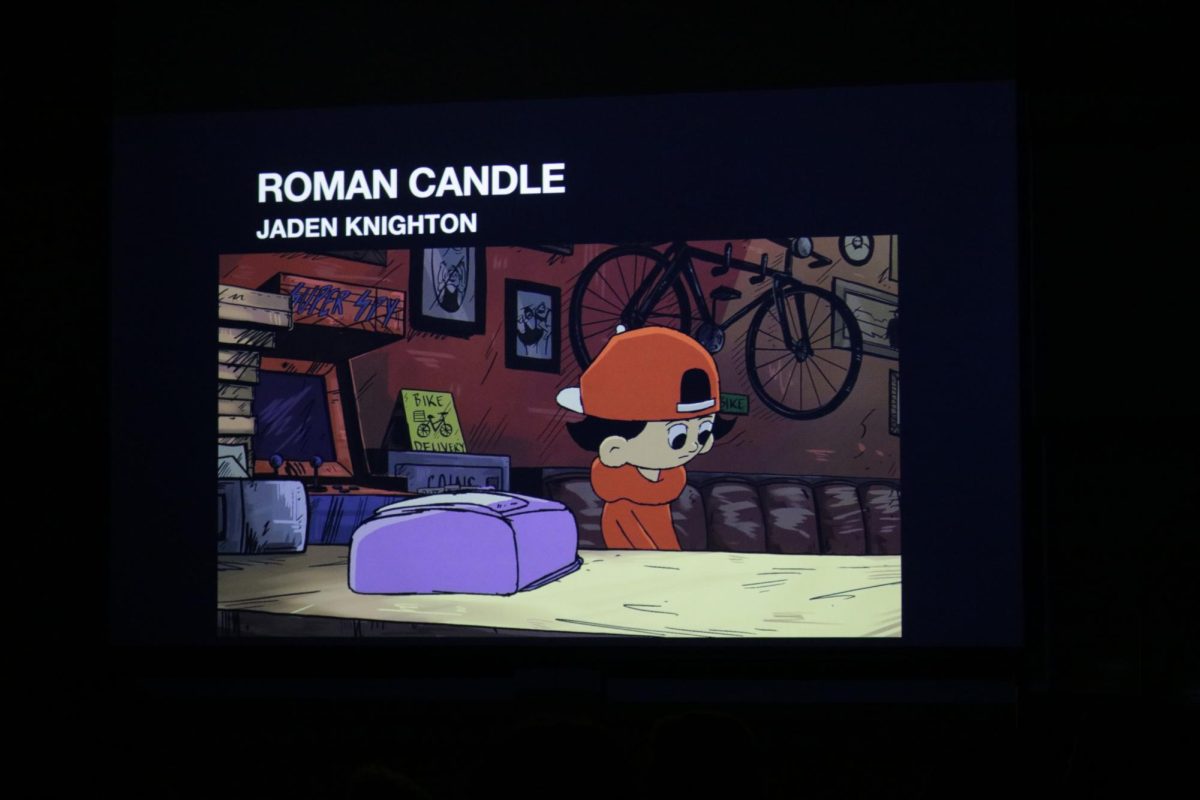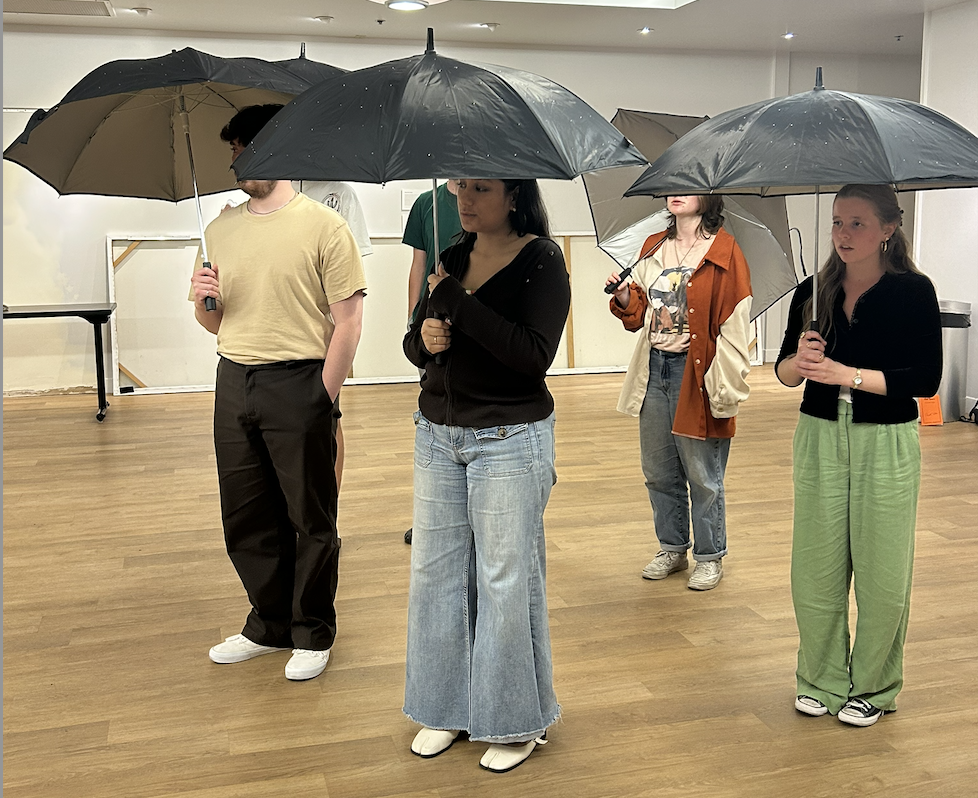As a film franchise, Harry Potter has experienced a checkered past. All seven of the Harry Potter films to date have topped box office receipts and enjoyed positive critical feedback. Yet, due to the many directors who have helmed parts of the series, Harry Potter has suffered a severe visual schizophrenia, ranging from the merry “Sorcerer’s Stone” to the relentlessly menacing “Half-Blood Prince.”
David Yates is the fourth director to take the franchise helm, and has the misfortune of directing the least-filmable Harry Potter episodes — the final three books. Yet, whereas the Half-Blood Prince’s script was an unfocused, albeit gorgeous debacle, Yates’ latest outing, “The Deathly Hallows,” has been satisfactorily — one may say mercifully — split into two films and given room to breathe. The result is the finest Harry Potter entry since Cuaron gave us “Prisoner of Azkaban.”
“Harry Potter and the Deathly Hallows: Part I” opens glumly. Even the familiar John Williams theme has had all the frivolity sucked out of it. As the Minister of Magic intones, “These are dark times, there is no denying.”
Film prepares audience to say goodbye
Yates cuts almost immediately to what the fans want: a Harry-Ron-Hermione montage. It is in the first three minutes of the film that we realize, along with the characters, that part one of “The Deathly Hallows” is not merely another franchise entry. It is a distressing goodbye to a cinematic world we have known for 10 years.
“The Deathly Hallows” has frequently been criticized for the laborious second act, in which Harry, Ron, and Hermione scour England for the Horcruxes, which hold pieces of Voldemort’s soul. These critiques are not quite unmerited, assuming the series has not yet made you love its strong cast.
Sense of space contributes to character development
However, enough fans will watch “The Deathly Hallows — not for the plot pacing, but for the characters — that complaints rendered against the second act are futile gestures. The actors are solid enough for Yates to be allowed an ounce of self-indulgence.
There are some truly strong moments in the film, all of which owe to the film’s expansion into two episodes. Yates takes his time where he needs to — he can afford it now — and scenes such as Ron Weasley’s mental tussle with the Horcrux’s deceit — think Frodo’s Ring — are emotionally stirring and satisfactory.
Fortunately, the “Deathly Hallows” script is not bloated with the heaviness of goodbyes. Fred and George Weasely remain a delightful pair of mischievous supporting actors, and even the climax at the Malfoy manor is shot with doses of conservative gallows humor.
Evanna Lynch brings Luna Lovegood to life in a subtle performance, and Toby Jones’ contribution as Dobby compliments the house elf perfectly. Indeed, Dobby all but steals the third act for himself — not a small feat for a puny character once derided as the Harry Potter incarnation of Jar-Jar Binks.
Emotional ending
Ultimately, “The Deathly Hallows: Part I” is emotionally charged fare, more heavy than enchanting. One may laugh heartily at Ron Weasely’s typical bumblings (Rupert Grint has matured wonderfully), but at the end, there are tears. Harry Potter has bid farewell to many a friend who has passed beyond the curtain — sometimes quite literally — and once the battle against Voldemort is over, you can be sure that Harry’s schedule will be booked with funerals.
Death has always haunted our hero Harry. One of the most wonderful scenes in the film is an animated depiction of Death from a Hogwarts book of fairy tales. From this story, Harry gleans an understanding of the three Deathly Hallows, by which a wizard can defeat Death and claim great power.
It’s the same dilemma we saw in “Revenge of the Sith,” but told by a better storyteller. Harry Potter is now a young man who has been dealt a hard hand — no parents, no home, and a laundry list of dead friends. Will losing yet another friend — yes, there is a significant death in Deathly Hallows — push Harry to seek out the Hallows for himself?
There is more martyrdom in Harry’s future. For this holiday slate, Deathly Hallows Part I provides just enough genuine charm, and subsequent heartache, to make it the best entry so far in the Harry Potter film series. A film this good whets our interest enough that we will fork over another $10 in July, when the saga is resolved. Money is of no consequence, if only we can weep with Harry Potter.







